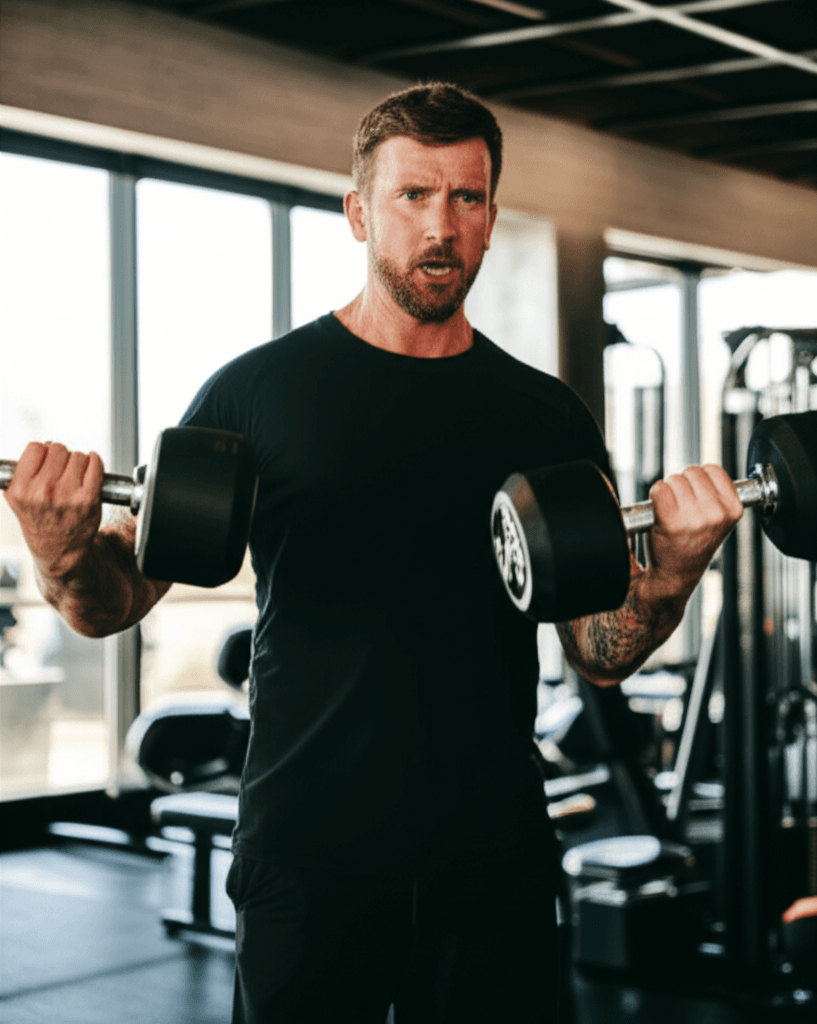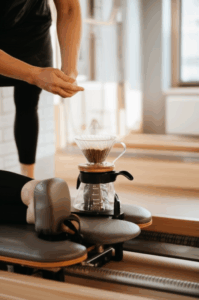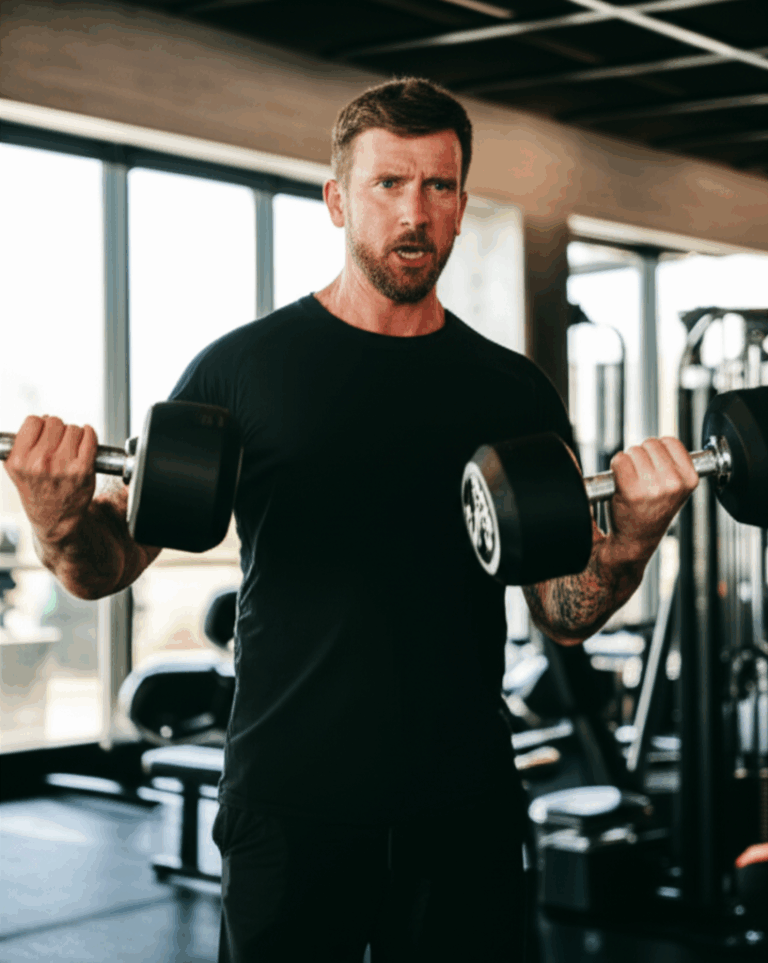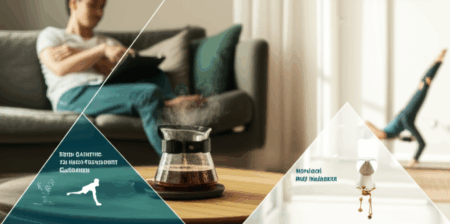Despite overwhelming evidence that regular physical activity is a cornerstone of good health, a significant portion of the male population isn’t getting enough. Recent findings highlight a critical disconnect: while fitness demonstrably improves men’s health across numerous indicators, close to one-third of men are not meeting recommended exercise guidelines. This disparity underscores a pressing public health challenge, with profound implications for longevity, chronic disease prevention, and overall well-being.

The Indisputable Benefits of Fitness for Men’s Health
Regular physical activity offers a comprehensive array of benefits specifically tailored to men’s physiological needs and common health challenges. These advantages extend far beyond just physical appearance, impacting everything from cardiovascular function to mental acuity.
Bolstering Cardiovascular Health
Exercise is a powerful tool for maintaining a healthy heart and circulatory system. It helps to lower cholesterol and triglyceride levels, reduce the risk of high blood pressure, and improve the flexibility of blood vessels. Studies have shown that men who engage in physically active leisure activities are significantly less likely to develop cardiovascular disease or die from any cause during their lifetime. Regular aerobic exercise, such as brisk walking, jogging, or cycling, promotes a stronger heart and improves blood circulation, lowering the risk of heart attack and stroke.
Preventing Chronic Diseases
An active lifestyle is a strong defense against many chronic diseases that disproportionately affect men. Regular exercise can lower the risk of developing type 2 diabetes, metabolic syndrome, and certain cancers, including colon and prostate cancer. For instance, higher levels of physical activity are associated with a reduced risk of developing type 2 diabetes.
Maintaining a Healthy Weight and Muscle Mass
Physical activity is crucial for weight management, helping men burn calories, build lean muscle mass, and improve metabolism. Resistance training, in particular, is beneficial for increasing muscle mass and bone density, which can help reduce the risk of osteoporosis as men age.
Enhancing Mental Well-being and Cognitive Function
The connection between physical activity and mental health is profound. Regular exercise stimulates the release of endorphins, often called “feel-good” hormones, which can reduce stress, anxiety, and symptoms of depression. It also increases blood flow to the brain, enhancing cognitive abilities such as memory, thinking skills, and focus, and can help prevent age-related cognitive decline. For many men, the sense of accomplishment from achieving fitness goals can boost self-esteem and confidence.
Improving Sleep Quality and Energy Levels
Exercise plays a vital role in regulating the body’s normal sleep cycle, making it easier to fall and stay asleep. Better sleep, in turn, improves cognitive abilities, stabilizes mood, and balances emotional responses. Additionally, a consistent fitness routine can significantly boost daily energy levels.

Understanding the Fitness Gap: Why Men Aren’t Moving Enough
Despite these compelling benefits, many men struggle to incorporate sufficient physical activity into their lives. The reasons are multifaceted and often rooted in modern lifestyles and societal pressures.
The Challenge of Time and Energy
“I’m too tired” and “I don’t have enough time” are frequently cited barriers to regular physical activity among men. Men between 30 and 50 are often juggling demanding work and family commitments, leaving limited leisure time. When free time is scarce, exercise can feel like another chore rather than an enjoyable activity.
Perceptions and Misconceptions about Exercise
Some men may believe they get enough exercise through their work or daily activities, overlooking the need for structured physical activity. Others might be intimidated by the idea of intense workouts or gym environments, leading to a lack of motivation or fear of injury, especially for those who consider themselves unfit or have pre-existing conditions. Societal expectations around masculinity can also contribute to men being less likely to discuss mental health struggles, even though exercise is a powerful tool for managing them.
Sedentary Lifestyles and Screen Time
A significant portion of adults, including men, lead sedentary lifestyles, with a lot of time spent sitting due to the nature of work and extensive screen time. This prolonged inactivity can negatively impact health and longevity, even for those who meet minimum activity guidelines.

Strategies for Integrating More Fitness into Men’s Lives
Overcoming these barriers requires a conscious effort and a strategic approach. The good news is that even small, consistent steps can lead to significant improvements.
Setting Realistic Goals and Finding Enjoyable Activities
The American Heart Association recommends at least 150 minutes per week of moderate-intensity aerobic activity or 75 minutes per week of vigorous aerobic activity, along with moderate- to high-intensity muscle-strengthening activity on at least two days per week. This can be spread throughout the week, and even short bouts of activity add up and provide benefits.
It’s crucial to find activities that are enjoyable, as this increases the likelihood of long-term adherence. Whether it’s jogging, cycling, swimming, weightlifting, playing a team sport, or even serious gardening, the key is consistency.
Breaking Down Time Barriers
- Break it up: The recommended 30 minutes of moderate exercise can be broken into shorter segments, such as two 15-minute blocks or three 10-minute blocks.
- Schedule it: Treat exercise like any other important appointment. Monitor your daily activities to find at least three 30-minute slots you can dedicate to physical activity.
- Incorporate incidental activity: Walk or cycle instead of driving, take the stairs, or walk during phone calls or meetings.
- Exercise at home: Utilize bodyweight exercises or minimal equipment to work out at home, saving time on travel.
Addressing Motivation and Knowledge Gaps
- Seek professional guidance: For those unsure where to start or concerned about injury, consulting a doctor or an accredited exercise physiologist can provide a tailored program and support.
- Exercise with others: Join a gym, a walking club, or participate in family activities. Social connection and support from friends and family can be powerful motivators.
- Focus on the feeling: Remember that exercise can relieve tension and boost energy, often making you feel better after a workout, even if you felt tired beforehand.

A Call to Action for Men’s Health
The survey results serve as a stark reminder that while the benefits of fitness are clear, the execution often lags. By understanding the profound impact of physical activity on men’s physical and mental health, and by actively addressing the common barriers, men can take significant steps toward a healthier, happier, and longer life. Every movement counts, and prioritizing fitness is an investment in a robust future.







